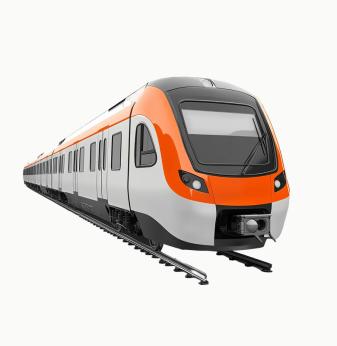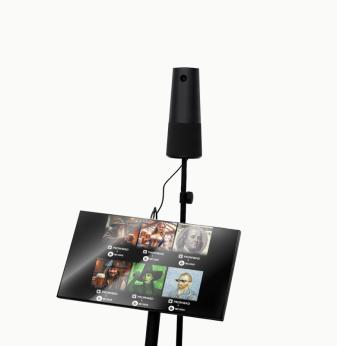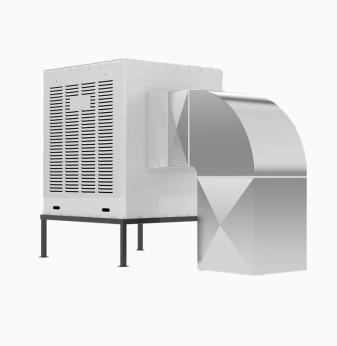Autonomous Microgrid Nodes: Embedded AI for Local Load Balancing and Islanding
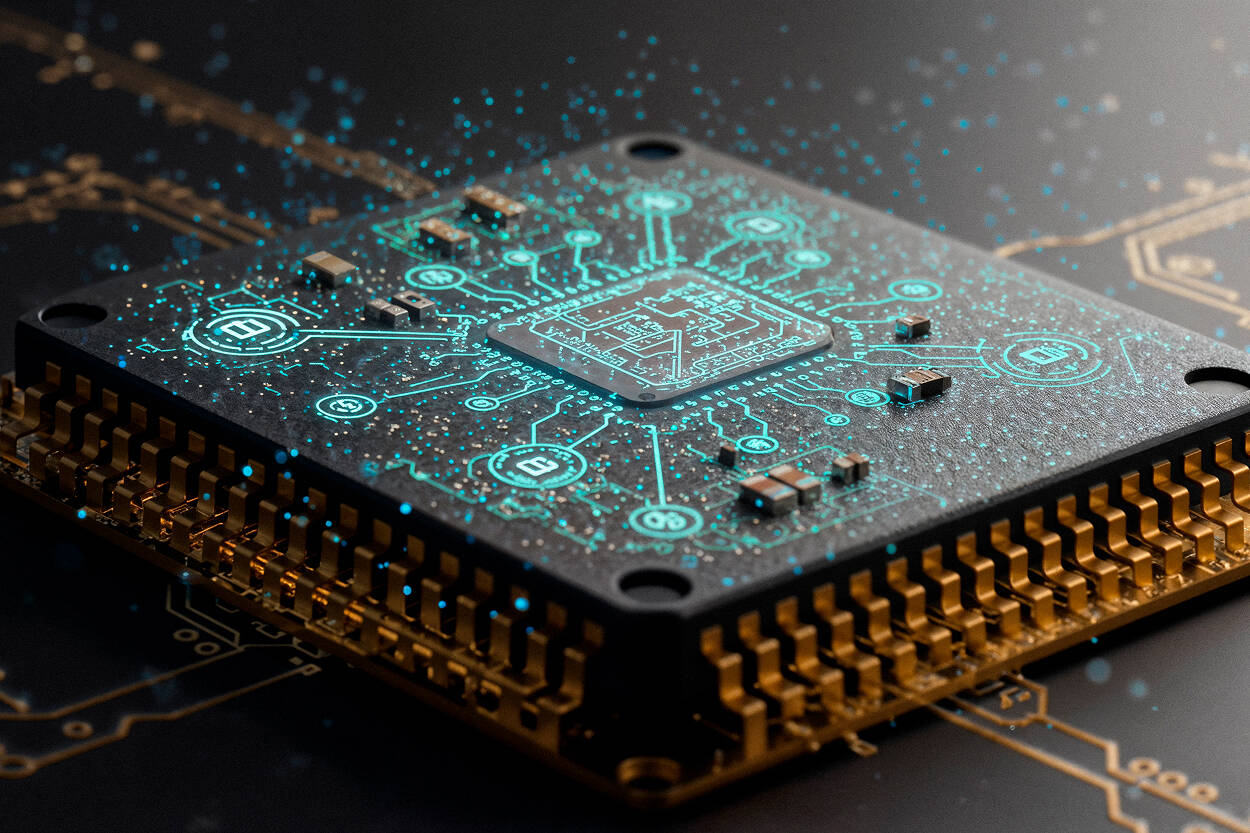
The global energy transition is pushing power systems toward decentralization. From solar-powered neighborhoods to factory-level energy clusters, the rise of microgrids is reshaping how electricity is produced, distributed, and consumed.
But true autonomy in these systems depends on intelligence — the ability to make real-time decisions at the edge, independent of a central grid. That’s where embedded AI steps in, transforming traditional microgrids into self-managing, resilient energy nodes capable of dynamic balancing, predictive control, and seamless islanding when disruptions occur.
In 2025, these capabilities are no longer theoretical. Edge AI-powered microgrid controllers are already being deployed across industrial zones, campuses, and rural electrification projects, combining renewable generation, energy storage, and adaptive control to ensure continuous power and efficiency.
From Centralized Control to Distributed Intelligence
Conventional power grids depend on central operators to forecast demand, dispatch power, and stabilize voltage. But as renewable generation grows and energy prosumers multiply, this model struggles to maintain balance.
Microgrids address this by operating as localized energy ecosystems, integrating distributed energy resources (DERs) such as solar panels, wind turbines, batteries, and even EVs. Embedded AI elevates them further, enabling decentralized control — where each node can:
- Monitor its generation and consumption in real time;
- Predict upcoming demand and production;
- Coordinate with neighbors to balance loads;
- Isolate itself (“islanding”) during grid disturbances to maintain supply.
The result: higher reliability, better energy utilization, and resilience against blackouts.
What Makes a Microgrid “Autonomous”
An autonomous microgrid node isn’t just a smart controller — it’s an embedded system combining sensing, computation, and actuation with AI-based decision-making.
Key capabilities include:
- Adaptive load balancing: adjusting consumption and storage in response to fluctuating demand or supply.
- Predictive forecasting: using machine learning to anticipate solar/wind generation and adjust storage strategies.
- Islanding and reconnection: detecting faults in the main grid and seamlessly switching to self-sustained operation.
- Peer-to-peer coordination: communicating with other microgrids or nodes to share resources dynamically.
At the heart of this functionality lies embedded AI, enabling real-time inference even in low-power environments.
The Role of Embedded AI in Local Load Balancing
Balancing energy flows within a microgrid is a dynamic optimization problem. AI enables this through continuous feedback from distributed sensors — voltage, current, temperature, and frequency — feeding into predictive control algorithms.
Core techniques powering AI-based load management:
- Reinforcement Learning (RL): AI agents learn optimal energy distribution policies through interaction with the environment, minimizing operational costs while maintaining stability.
- Predictive Modeling: Neural networks forecast demand and renewable generation, allowing pre-emptive adjustments before imbalances occur.
- Multi-Agent Systems: Each node acts as an autonomous agent that negotiates energy exchange with its peers to achieve system-wide equilibrium.
- Anomaly Detection: AI continuously monitors for abnormal behavior, detecting potential faults, overcurrents, or sensor drift before failure occurs.
By processing data locally on embedded systems — using SoCs, FPGAs, or dedicated NPUs — microgrid nodes reduce latency and dependency on cloud communication, ensuring real-time reaction even under connectivity loss.
Islanding: Staying Operational When the Grid Fails
Islanding refers to a microgrid’s ability to disconnect from the main grid and continue operating autonomously. While essential for resilience, it introduces technical challenges in synchronization, protection, and control.
AI enhances islanding through:
- Fast Fault Detection: ML algorithms recognize grid anomalies (e.g., voltage sags or frequency instability) within milliseconds.
- Predictive Control Loops: AI anticipates instability and orchestrates preemptive switching to autonomous mode.
- Dynamic Reconfiguration: Post-islanding, embedded controllers rebalance loads and storage resources to sustain local operation.
- Safe Reconnection: Once the grid stabilizes, the system resynchronizes phase and voltage for seamless reintegration.
For industries or hospitals, this means uninterrupted operation during regional blackouts. For rural communities, it ensures independence from centralized infrastructure altogether.
Hardware Architectures Behind Autonomous Nodes
Modern microgrid controllers leverage a combination of hardware technologies optimized for edge AI workloads:
- Heterogeneous SoCs (e.g., NXP i.MX, TI Sitara, Qualcomm QCS series) combine general-purpose cores with AI accelerators for real-time decision-making.
- FPGA-based controllers handle deterministic signal processing, such as PWM modulation and power quality monitoring.
- Dedicated AI NPUs execute inference for forecasting and control loops with millisecond-level latency.
- Secure MCUs manage safety interlocks and encrypted communications, ensuring compliance with IEC 61850, IEC 62443, and IEEE 2030.7 standards.
The firmware layer integrates machine learning runtimes such as TensorFlow Lite Micro or Edge Impulse, optimized for limited memory and compute
.
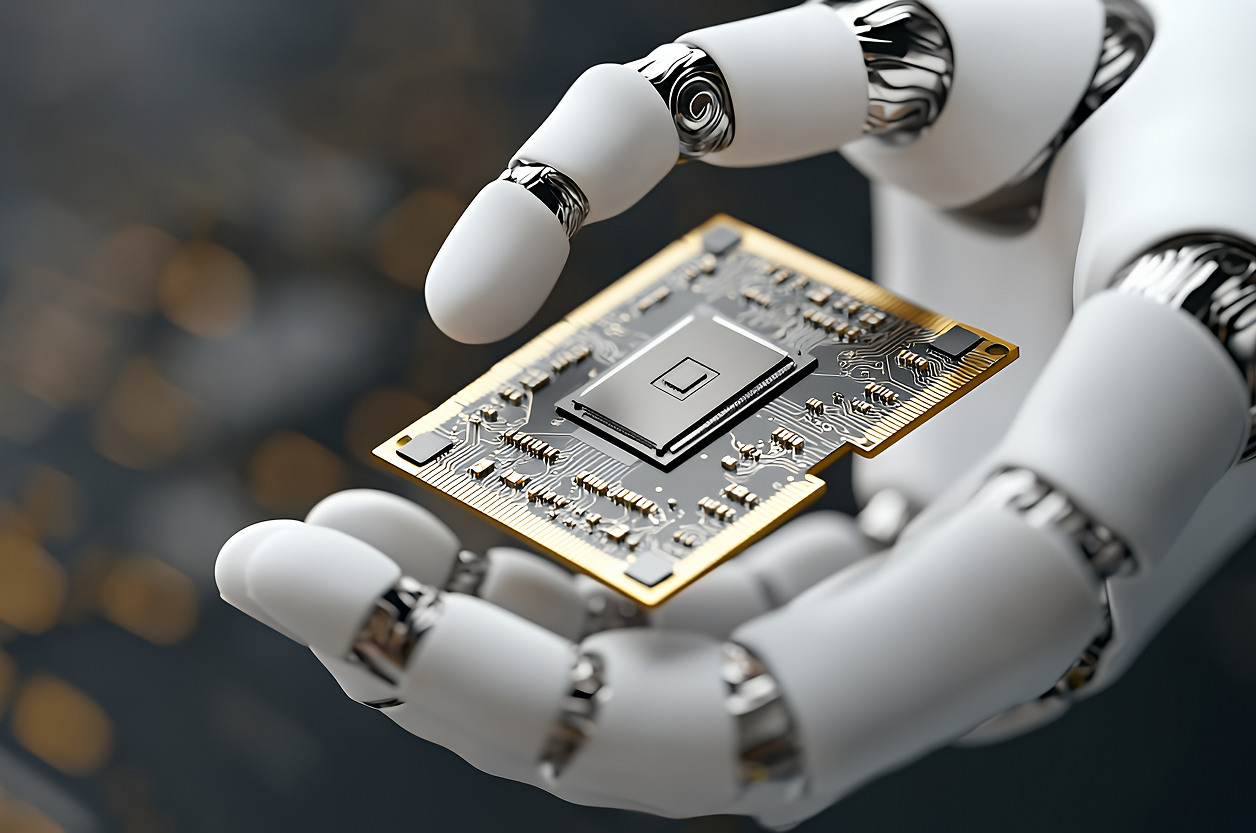
Use Cases Across Energy and Industry
- Smart Factories
Factories with solar rooftops and backup storage balance their internal power distribution using AI prediction. During peak production hours, controllers prioritize energy-intensive machines while maintaining stable voltage across production lines. - Remote Microgrids
Rural electrification projects use autonomous nodes that adapt to changing weather and load conditions, ensuring stability even with limited generation capacity. - EV Charging Hubs
EV stations act as mini-grids, balancing between vehicle demand, battery storage, and renewable input. Embedded AI optimizes charging schedules to prevent overloads and grid stress. - Military and Disaster Response
Portable microgrids deployed in field operations rely on self-healing control systems that reconfigure power distribution automatically when components fail.
Challenges in Real-World Implementation
Building intelligent, autonomous microgrid nodes is not without challenges:
- Data availability: training AI models requires diverse datasets covering various grid conditions.
- Cybersecurity: distributed control increases the attack surface; embedded systems must secure communication and firmware.
- Scalability: multi-node coordination introduces communication overhead and synchronization complexity.
- Regulatory approval: AI-driven decision-making must align with energy market and safety regulations.
- Hardware constraints: edge devices must perform real-time inference under strict power and cost limits.
Emerging solutions include federated learning for privacy-preserving training, lightweight neural networks for microcontrollers, and IEC-aligned cybersecurity frameworks.
Looking Ahead: Toward Cooperative Energy Ecosystems
The next generation of microgrids will evolve beyond autonomy into cooperation — where networks of microgrids coordinate at the regional level to form energy communities.
These distributed clusters will exchange energy dynamically, negotiate prices through AI-driven markets, and maintain resilience collectively. Hybrid control architectures combining local AI and cloud orchestration will balance global optimization with local responsiveness.
By 2030, we can expect modular microgrid nodes that combine embedded intelligence, secure communication, and adaptive control, forming the backbone of future smart cities and carbon-neutral industries.
AI Overview: Autonomous Microgrid Nodes
Autonomous Microgrid Nodes — Overview (2025)
Embedded AI transforms microgrids into self-regulating energy systems that balance loads, manage renewables, and maintain operation during outages. Each node becomes an intelligent control point capable of prediction, adaptation, and coordination without centralized supervision.
Key Applications: industrial microgrids, EV charging hubs, smart campuses, rural electrification, defense operations.
Benefits: improved grid resilience, faster fault response, optimal renewable utilization, and reduced operational costs.
Challenges: cybersecurity, real-time coordination, data scarcity for training, and compliance with IEC/IEEE standards.
Outlook: by 2030, AI-enabled microgrid nodes will form the foundation of decentralized, autonomous energy networks — merging reliability with sustainability.
Related Terms: distributed energy resources (DERs), islanding, edge AI, reinforcement learning, grid resilience, IEC 61850.
Our Case Studies

